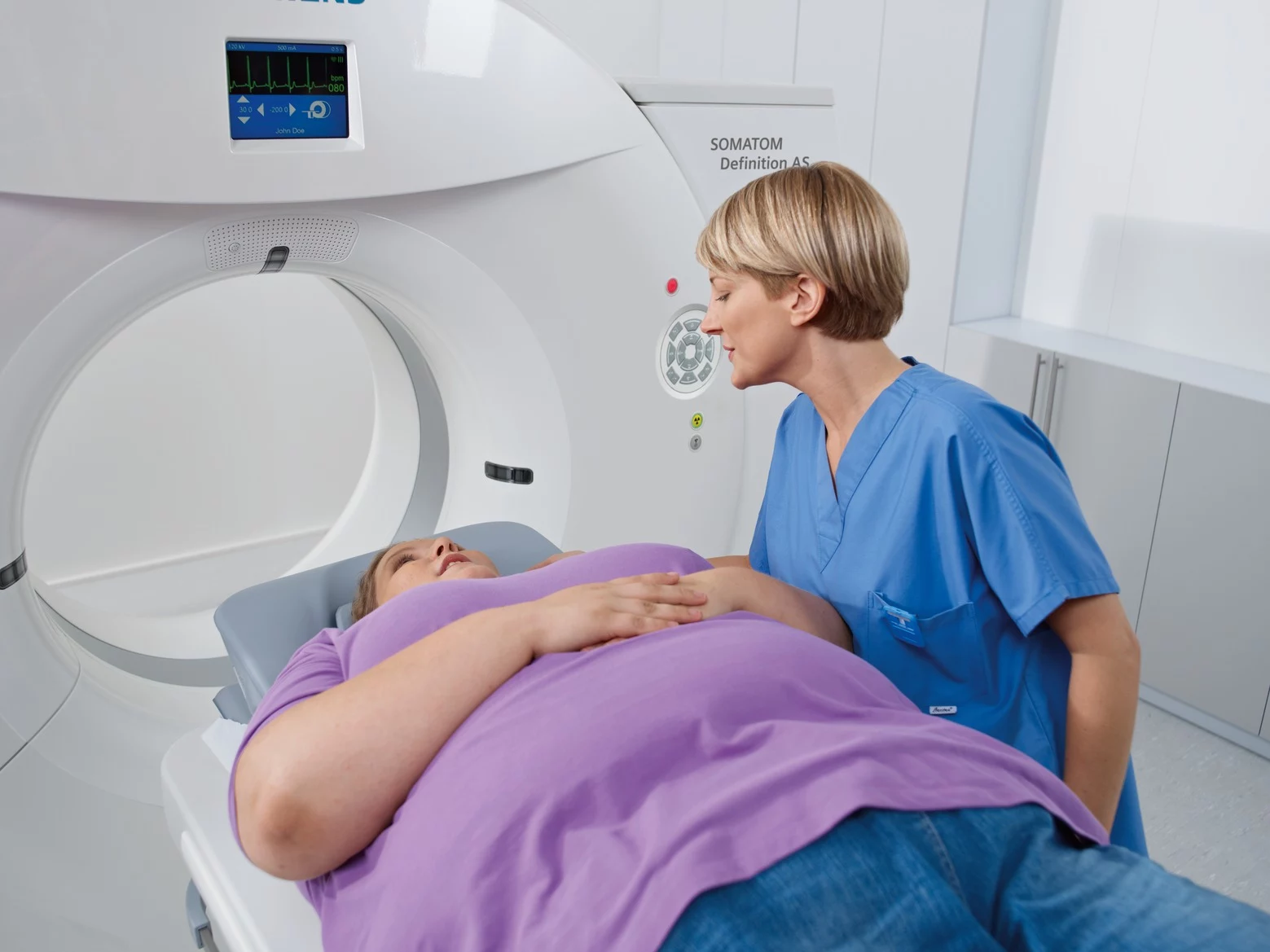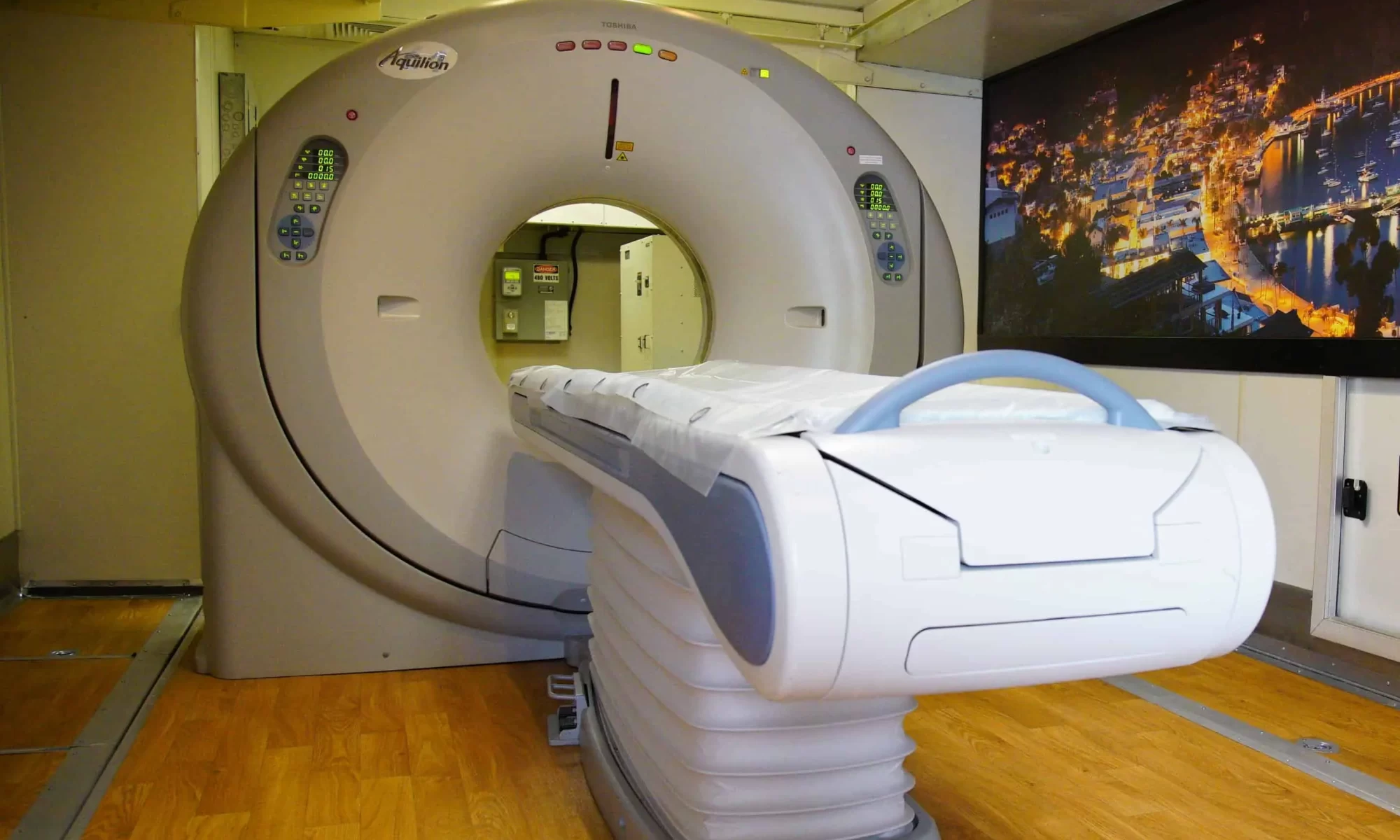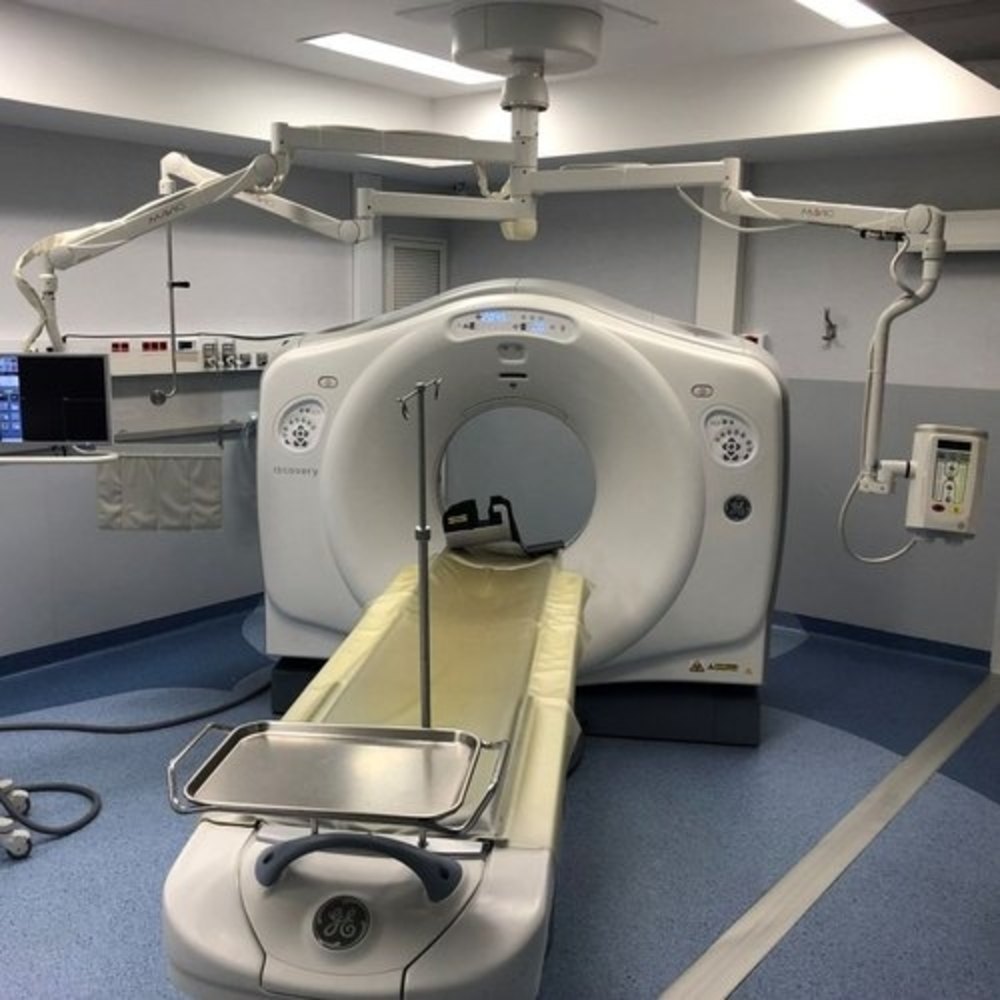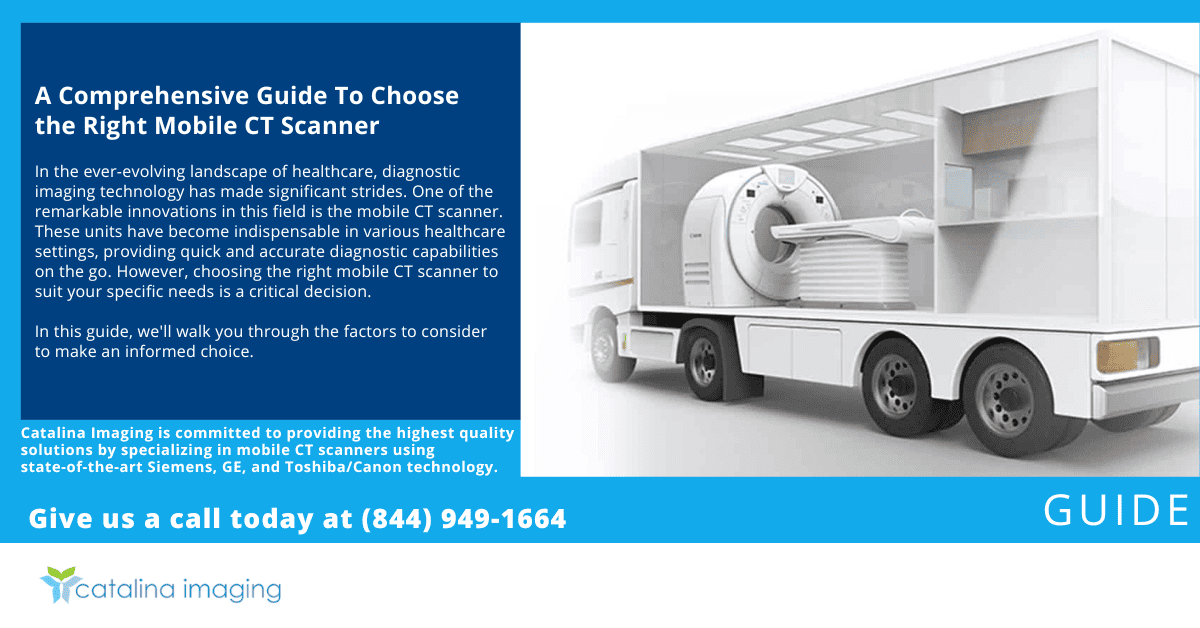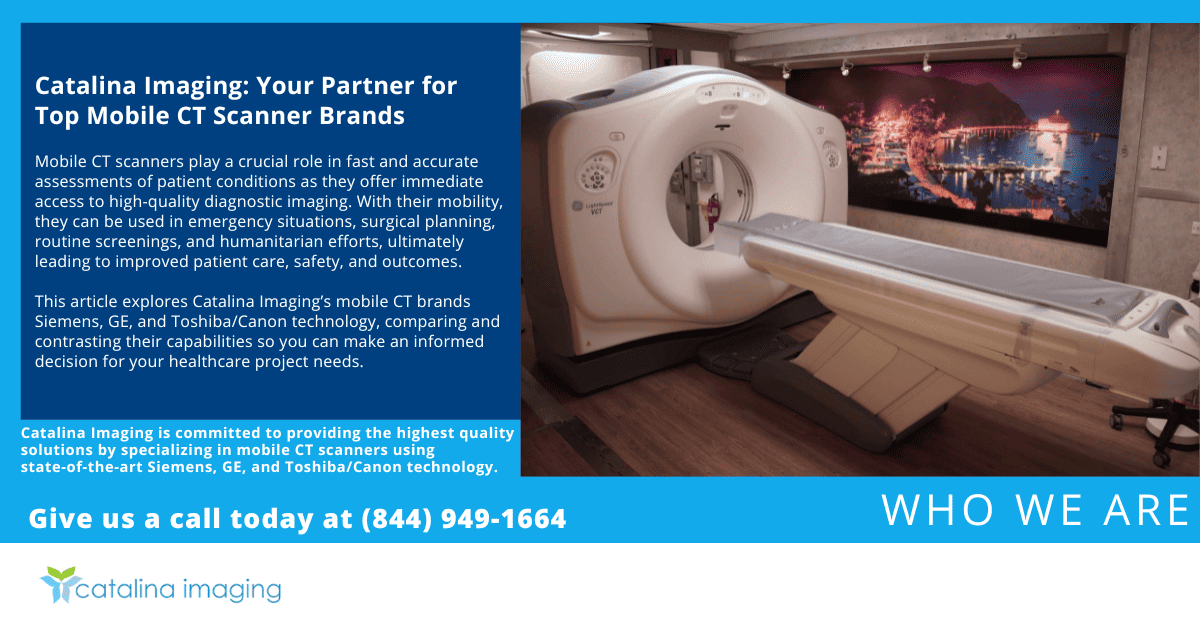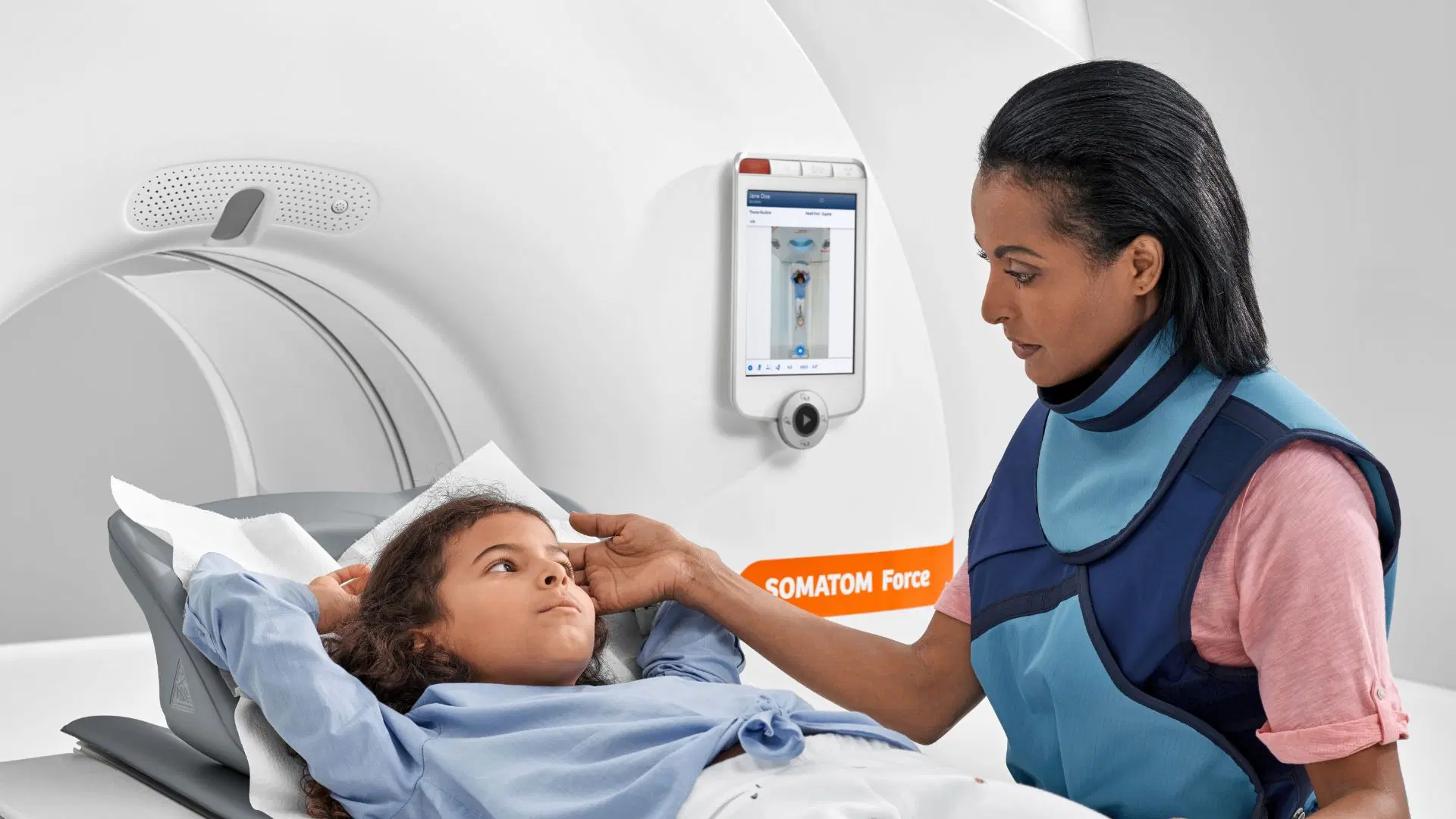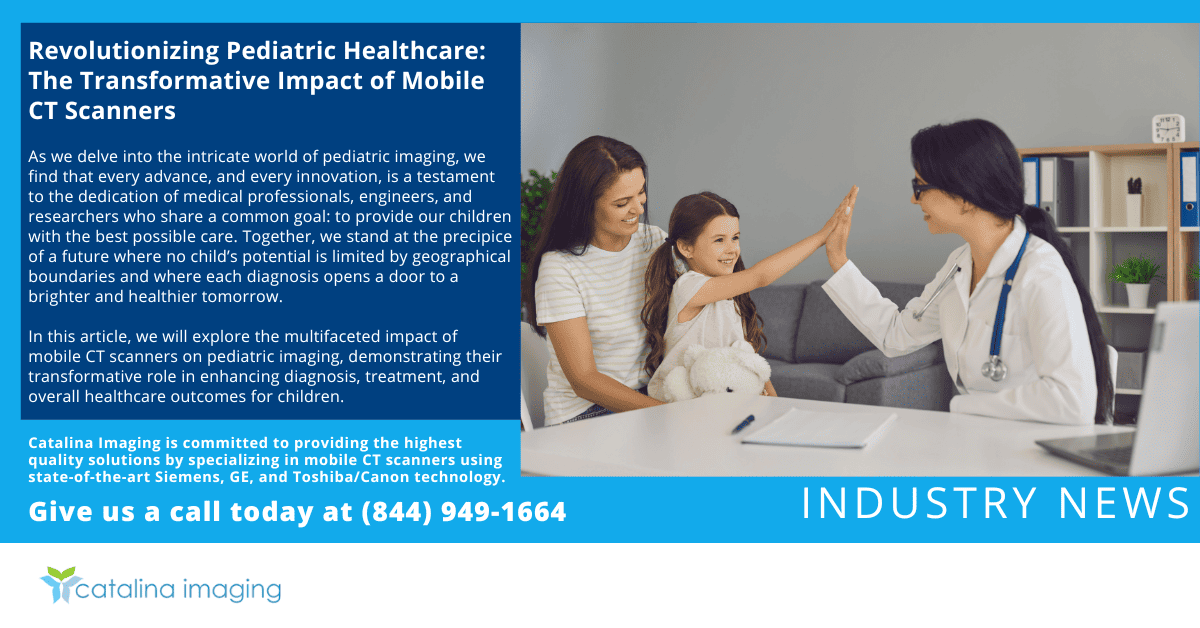Hospitals across the country are facing a familiar challenge in 2025: how to keep pace with advanced diagnostic imaging demands while navigating space limitations, staffing shortages, and tight budgets. As priorities shift toward smarter resource allocation, temporary solutions are gaining traction across the healthcare landscape.
This growing trend signals a shift in how hospitals approach capital investments. Rather than locking in millions of dollars on permanent installations, healthcare leaders are opting to rent mobile CT scanners that deliver the same diagnostic power without the upfront infrastructure burden.
Why the Rental Model Is Gaining Momentum
The surge in demand is not simply a matter of convenience, though convenience certainly plays a role. Hospitals that rent gain access to advanced imaging equipment without the downtime or disruption that comes with installing permanent suites. For facilities already working with limited space or undergoing renovations, mobile trailers offer a seamless workaround.
Budget flexibility is another key driver. Purchasing a fixed scanner is a major capital expense often requiring board approval, facility upgrades, and long lead times. Renting eliminates these hurdles. Mobile CT scanners for hospitals can be used on a temporary or long-term basis, aligning with patient volume, emergency needs, or seasonal fluctuations without the financial strain.
Meeting Demand Without Sacrificing Quality
One misconception about mobile imaging is that it may offer lower quality compared to in-house equipment. In reality, today’s mobile CT technology rivals or even surpasses older fixed units. Catalina Imaging, for instance, provides 64-slice GE and Siemens scanners housed in self-contained units that meet ACR and state certification standards. These trailers are climate-controlled, fully shielded, and come with on-site setup and 24/7 tech support, ensuring quality isn’t compromised just because the system is on wheels.
Hospitals often find that this approach allows them to maintain imaging continuity during system upgrades or construction periods. It also provides radiology departments with a way to expand services without increasing their physical footprint.
Enhancing Access in Rural and Underserved Areas
Not every hospital operates in a major metro area with access to multiple imaging suites. For rural hospitals or clinics with limited resources, mobile trailers offer a lifeline. They allow smaller facilities to deliver the same level of diagnostic care as their urban counterparts without the pressure of a permanent investment.
This is especially critical for community hospitals that see spikes in patient volume during specific seasons, such as flu outbreaks or regional health emergencies. Temporary imaging services offer the agility to respond quickly without compromising care standards.
Backed by Expertise and Support
A major advantage of working with an experienced provider like Catalina Imaging is that hospitals don’t just get a machine; they get a complete support ecosystem. From delivery and shielding compliance to daily operations and emergency tech support, everything is managed by professionals who understand the hospital environment.
For administrators, that means fewer internal headaches. For radiologists and technicians, it means confidence that the equipment will perform as expected every time.
The Takeaway
The increased interest in mobile imaging solutions is not a stopgap measure; it’s a forward-looking strategy. In 2025, as hospitals seek more scalable, adaptable approaches to care delivery, rentals are emerging as a smart way forward.
Whether you’re a large medical center planning for future growth or a rural hospital navigating limited resources, mobile CT solutions offer the flexibility and power needed to meet diagnostic demands without compromising budget, space, or quality.
To see how your facility can benefit, explore Catalina Imaging’s mobile CT rental options and discover a smarter path to imaging excellence.
